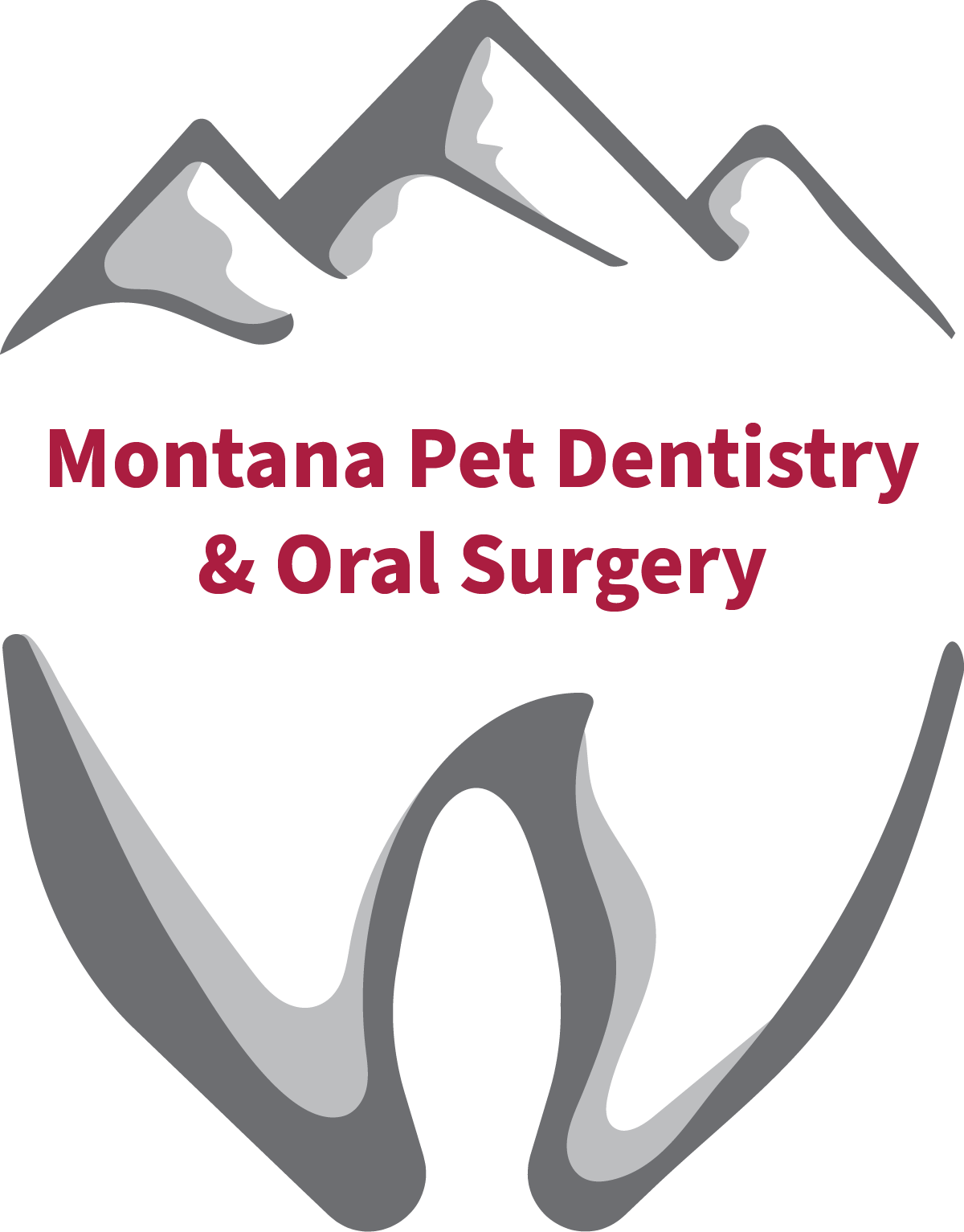Orthodontic treatment is not uncommon in humans, and as much as we would all like, we are not all born with perfect tooth alignment. Braces, rubber bands, and other orthodontic treatment options are available when the teeth are in a position that may not be aesthetically desirable or functionally; the teeth alignment is uncomfortable.
While orthodontic treatment for pets is not as standard as it is for humans, there are situations where veterinary orthodontics is invaluable for the pet’s quality of life. It’s essential to consult with a veterinarian or a veterinary dentist to determine if braces or other orthodontic interventions are necessary for your pet.
What Do Veterinary Orthodontics Treat?
1. Malocclusions (Misalignments)
Pets, especially dogs, can experience malocclusions, which are misalignments of the teeth as well as the maxillae and mandibles. Maxilla refers to the upper jaw, and the mandible refers to the lower jaw. Malocclusions can lead to problems such as difficulty eating, pain, or oral health issues. Most malocclusions are identified during the puppy/kitten visits.
2. Bite Problems
Like humans, pets can have bite problems, such as overbites, underbites, or crossbites. These are malocclusions and may affect the animal’s ability to eat comfortably and could lead to jaw pain. Some atraumatic malocclusions, such as mandibular prognathism (underbite) in bulldogs, are considered breed standard.
3. Developmental Issues
Some pets may have developmental issues that affect the growth of their teeth or jaws. This may be due to genetics or prior systemic illness. Veterinary orthodontics can address these problems during the pet’s growth period.
4. Trauma or Injury
Pets that have suffered trauma or injury to their mouths or jaws may benefit from orthodontic treatment to correct resulting issues. Trauma during the growth period can allow maturation of the maxillofacial structures to develop abnormally. This most often manifests in teeth that erupt in abnormal positions.
5. Chewing or Jaw Movement Problems
If a pet has difficulty chewing or experiences pain while moving its jaw, an orthodontic evaluation may be necessary to identify and address the underlying cause. Temporomandibular joint (aka TMJ) disorders can lead to concerns with opening and closing the mouth. TMJ disorders may be due to an underlying genetic predisposition, prior trauma, or simply Mother Nature’s design.
What to Do If You Suspect Your Pet May Benefit from Orthodontic Treatment
Consult Your Veterinarian
Schedule an appointment with your veterinarian to discuss your concerns. They can examine your pet’s oral health and determine if any issues warrant orthodontic intervention. They are welcome to contact us at Montana Pet Dentistry and Oral Surgery to determine if orthodontic intervention will be beneficial.
Consult a Specialized Veterinary Dentist
Schedule an appointment directly with us. At Montana Pet Dentistry and Oral Surgery, faces are our favorite! We are happy to provide an in-depth evaluation of your companion pet’s occlusion and potential orthodontic solutions.
Consider Treatment Options
Depending on the specific issue, treatment options may include braces, dental appliances, or other interventions. The goal is to improve your pet’s oral health, alleviate pain, and enhance their overall well-being. Every pet is entitled to a pain-free and comfortable bite. Although we cannot make jaws grow longer, we will work with the present facial design to optimize individual oral comfort and functions.
Veterinary Dentist in Bozeman, Montana
It’s important to note that veterinary orthodontics may not be as standard as in human dentistry, and the decision to pursue treatment will depend on the severity of the issue and its impact on your pet’s quality of life. Always seek professional advice from a qualified veterinarian or veterinary dentist for accurate diagnosis and appropriate recommendations. If you have any concerns about your pet’s dental health, please don’t hesitate to contact us.
Images used under creative commons license – commercial use (2/15/2024). Photo by Alexandru Sofronie on Unsplash
